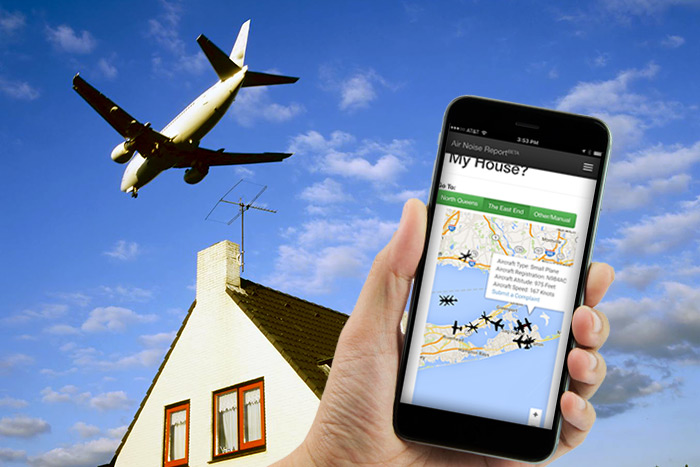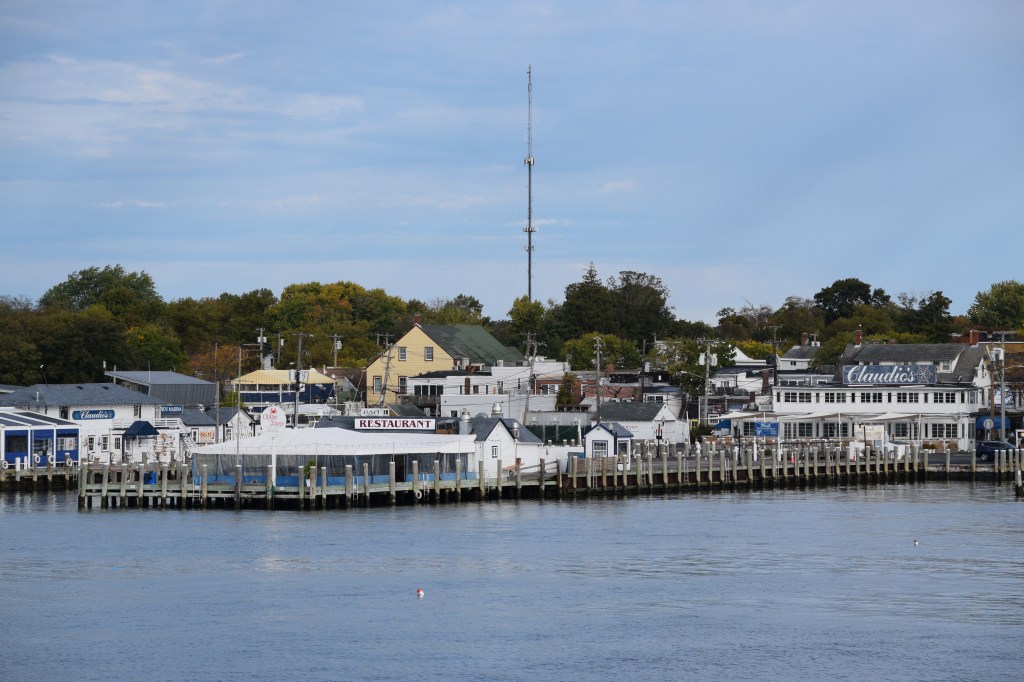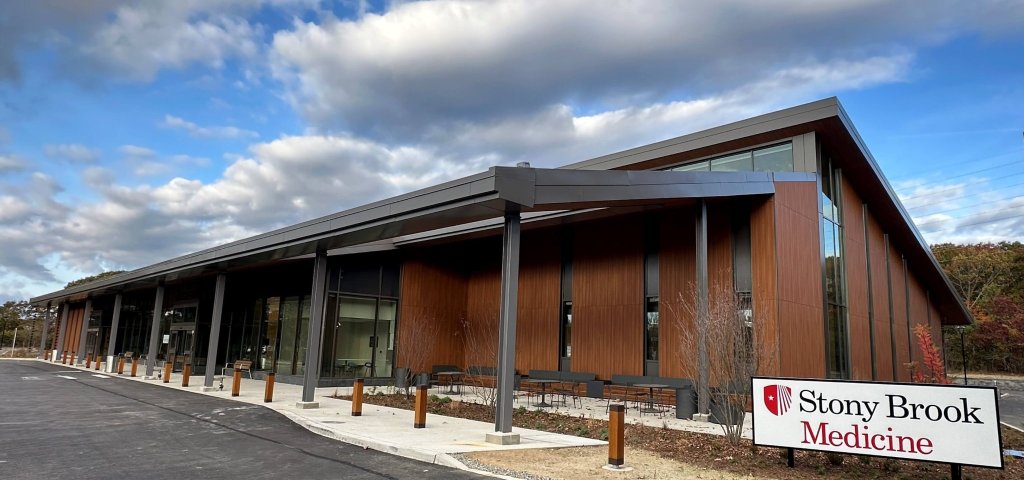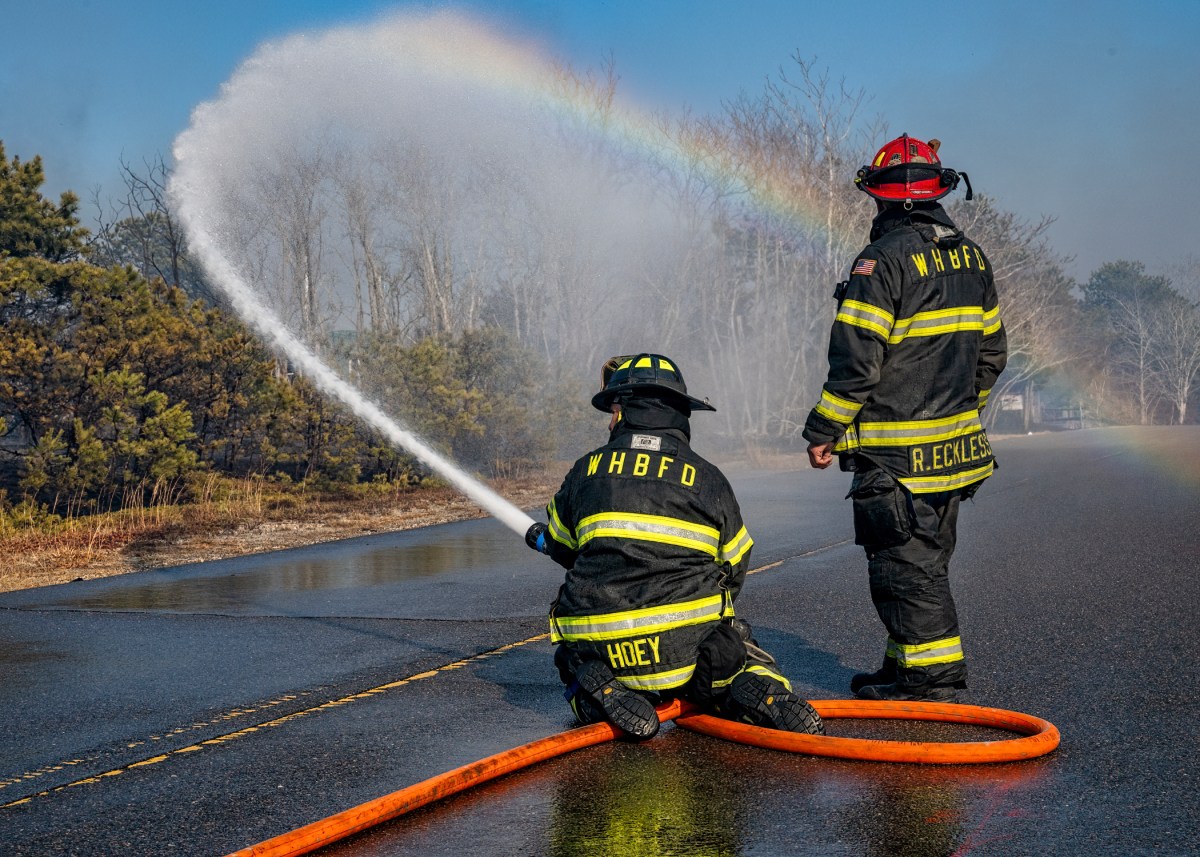Southampton Considers New Aircraft Noise Complaint System

People who live on the East End are good at adapting to the changes summer brings: crowded beaches and village centers, traffic jams, long lines at the grocery store checkout and the inability to make a left-hand turn. But one thing that many find difficult to reconcile is the noise from increased air traffic.
If you’re lucky, you don’t live near any of the local airports or under flight paths. Others aren’t as fortunate and must contend with the near-constant drone and rumble of planes taking off and landing, or flying low overhead.
What’s an average citizen to do?
In the Town of East Hampton, you can lodge a complaint on planenoise.com/khtpo, by calling 1-800-376-4817 or emailing HTO@planenoise.com. The problem with the Town’s system, according to Pat Trunzo III, a member of the Quiet Skies Coalition’s Board of Directors and Steering Committee, is that, “It takes up a great amount of time. It relies on you to identify the type of plane or helicopter. And, if you don’t save your contact information, you have to reenter it every time you make a complaint.”
“You have to enter something like 15 fields of information,” says Jim Matthews, also on the Quiet Skies Coalition Board of Directors, and a Co-Chair of the East Hampton Environmental Coalition. “The problem is that it’s bad enough to have your life disrupted by aircraft noise. It’s worse to have to take time away from what you were doing to file a report.”
Another issue with the system, according to Trunzo, is that it attributes all logged complaints to the home address linked to the phone number you’re required to enter. “So even if you’re someplace else and want to make a complaint about excessive aircraft noise at that location, that’s not how it will be recorded.”
Before the start of the 2016 summer season, the Quiet Skies Coalition lobbied East Hampton to update their current system. “For an additional fee, something like $5,000 to $6,000, the system could be linked with an app for phones and tablets. The town didn’t go for it,” Trunzo says.
Undeterred, the Coalition began researching alternatives. What they found was airnoisereport.com, a user-friendly website that allows you to visually track an aircraft in real time, easily identify it and submit a noise complaint.
Created by Dan Aronoff, airnoisereport.com “began as a resource for Queens residents with nowhere else to turn for documenting the human impact of luxury [helicopter and plane] travel. My hope is that the data from my website can be used to minimize the number of complaints from all areas currently affected, and arrive at public policy conclusions that put the lives and comfort of those on the ground—who far outnumber the few who benefit from this luxury travel—first.”

The website works by displaying a Google map of Long Island with black icons denoting planes or helicopters. The icons move in real time as the physical aircraft fly to their destinations. “If you touch the aircraft that’s making noise where you are, a window pops up with identifying information about the aircraft—such as the tail number and the owner—along with a link to ‘Submit a Complaint.’ The link sends you to a form and you can choose to fill out other information before submitting,” Trunzo says.
On June 30, representatives of the Quiet Skies Coalition and the Southampton Town Airport Noise Advisory Committee convened in a Work Session held by Southampton Town in order to present airnoisereport.com as a viable system for collecting data on noise complaints caused by aircraft.
Kathy Cunningham, Chair of the Quiet Skies Coalition, discussed how the information gained from using airnoisereport.com can be integrated with towns’ efforts to protect their citizens’ quality of life. Adopting airnoisereport.com as the new system for tracking noise complaints will allow more people to respond more accurately.
“Neither system [the current one used by the Town of East Hampton and airnoisereport.com] is perfect,” Trunzo says. “But with airnoisereport.com it’s so much easier to submit a complaint. Because of the difficulties with the system used by East Hampton, there’s probably been an undercount of noise-related complaints.”

Matthews, who lives by Northwest Creek, points out that aircraft noise affects wildlife as much as people. “Northwest Creek is the main outgoing route for helicopters that take the northern route back to the city. Typical of the routes that have been selected in seeming sympathy for people on the ground, the air traffic is directed over nature preserves, and Northwest Creek is the second largest nature preserve in East Hampton. It’s a gorgeous, isolated place protected from most development, except the noisy aircraft that gets sent over one of our most precious natural spaces.”
Before he retired, Matthews was an emeritus professor of psychology and neural science at New York University. “I’ve spent my life doing research with animals, so I have a certain knowledge about how noise can adversely affect wildlife.”
The Quiet Skies Coalition is hopeful that Southampton Town will make airnoisereport.com part of their system for addressing air noise complaints, and that it might spur other neighboring towns to do the same.



